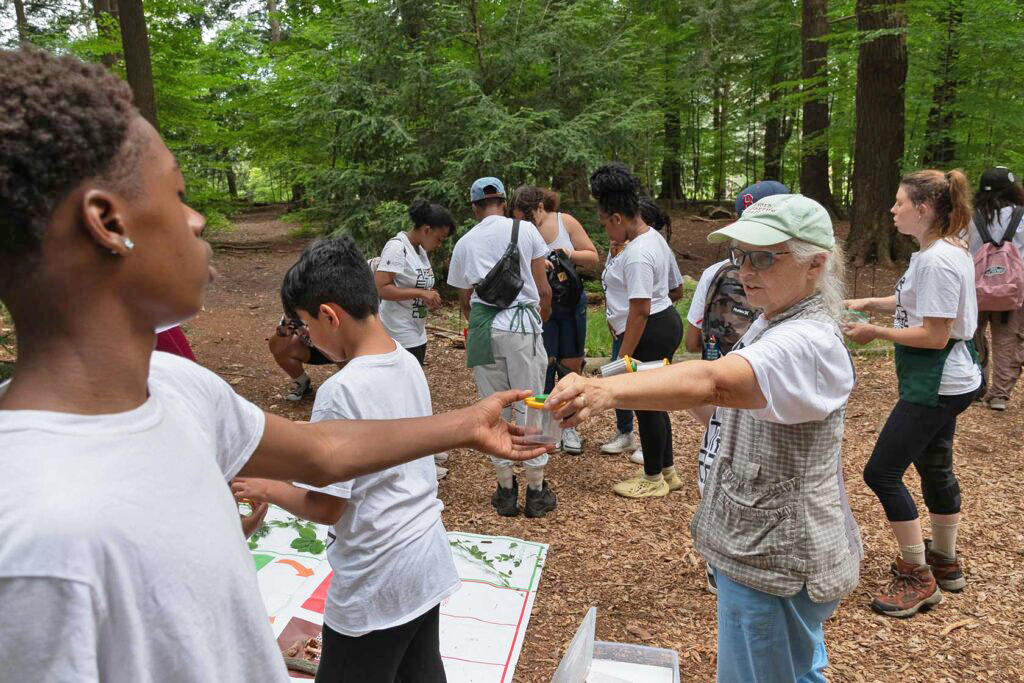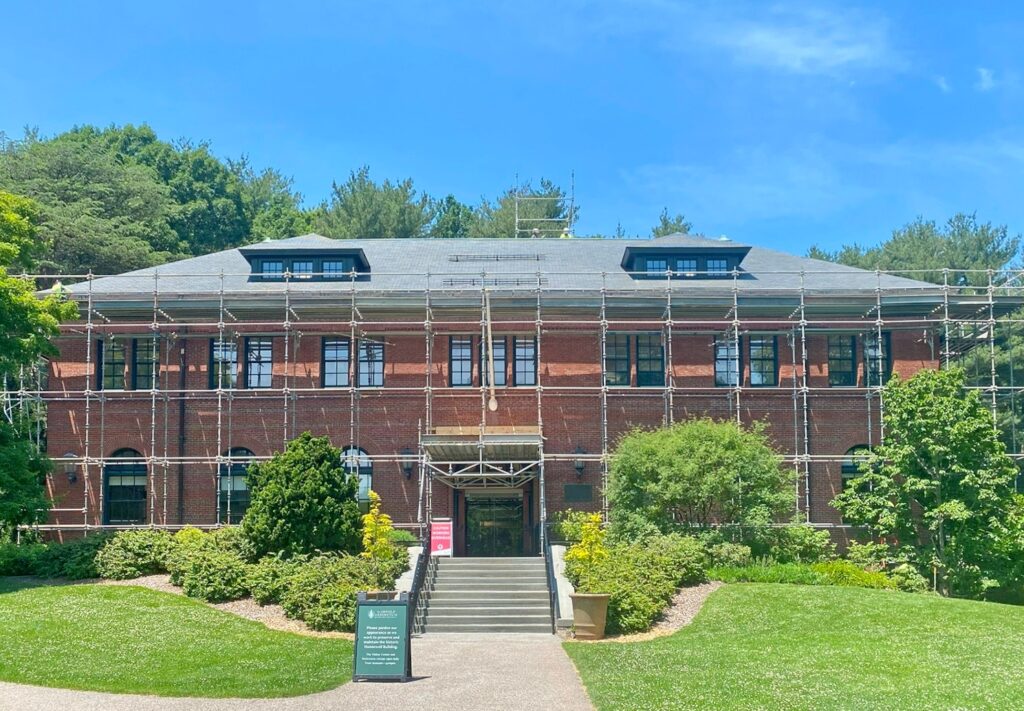Background
This list of introductions spans the past 150 years of our horticultural contributions. This century-and-a-half of advancing the mission can be divided into three fifty-year eras, each defined by the unique character and interests of Arboretum leaders at the time. Entries share the anecdotes of an individual introduction, and together, they tell the story of the Arboretum and its plants through these three eras.
Fun Facts
Arnold Introductions
Since the founding of the Arnold Arboretum in 1872, the institution has contributed to the expansion of the horticultural palette for American gardens, bringing to cultivation plants that have now become familiar and beloved. This mission of plant introduction has taken many forms over the past 150 years: Arboretum plant explorers have brought back species that had never been grown in North America, while horticultural researchers have bred, selected, and named novel forms originating at the Arboretum. Arnold Selects, the Arboretum’s new plant introduction program, blends the art and science of horticulture to share storied plants from the living collections.









